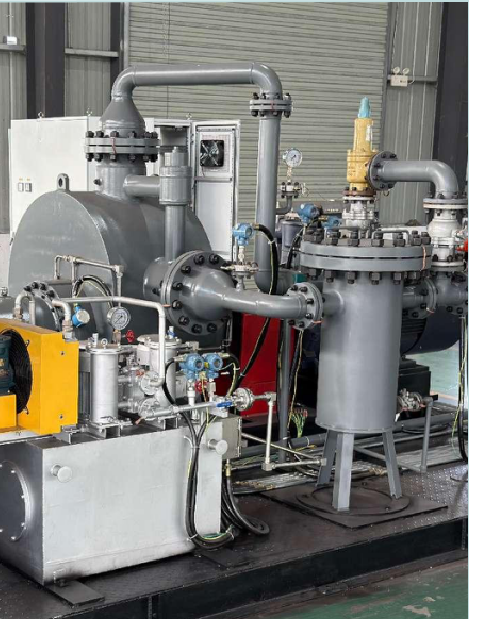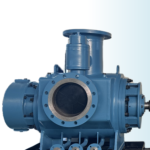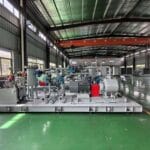What Exactly is Coal – Bed Gas?
Coal – bed gas, often called “gas” in the industry, forms during coal formation. It’s stored in coal seams and related strata, existing in adsorbed and free states. Methane makes up over 90% of it, classifying it as an unconventional natural gas linked to coal. Coalification impacts its production; as coal matures more, more gas is produced. Factors like coal – seam permeability, pore structure, ground stress, and coal’s adsorption traits determine its storage.
Impacts on Oilfield Operations
Safety Hazards
Coal – bed gas is flammable and explosive. In oilfield mines, potential ignition sources like electrical sparks from equipment and heat from mechanical friction are present. If the gas builds up underground to its explosive limit (methane explodes in air between 5% – 15%), a spark can set off a blast. This endangers miners, damages mining gear, and stops operations.
In a northern Chinese oilfield near a coal mine, during a mining job, poor monitoring led to gas accumulation. An electrical spark from equipment ignited it, causing an explosion. Workers got hurt, equipment was severely damaged, and mining halted for months, resulting in large financial losses.
Disrupting Extraction Processes
During oilfield extraction, sudden outbursts of coal – bed gas disrupt normal procedures. It changes the fluid – flow patterns in the oil reservoir, blocking oil – flow channels and cutting crude – oil output. To ensure safety, when gas levels are high, ventilation is needed. This raises energy use, costs, and on – site management complexity.
In a southern oilfield with complex geology where coal – bed gas co – exists with oil, gas outbursts blocked oil – flow paths, reducing crude – oil production. More ventilation to lower gas levels increased costs. Also, extra ventilation work made management more complex and slowed extraction.
Resource – Utilization Challenges
Coal – bed gas is a clean energy source. But in oilfields, collecting and using it is tough. Oilfield equipment is designed mainly for oil extraction, not for this gas. A lot of it is released into the air, wasting resources and worsening the greenhouse effect. Also, not using it properly cuts oilfield profits.
In a western oilfield, despite knowing its value, there was no proper way to collect coal – bed gas. Existing oil – mining equipment couldn’t do it, so the gas escaped, wasting resources and missing out on economic gains.
Solution: Vigorous Wet – Gas Compression Multiphase System
Vigorous offers the Wet – Gas Compression Multiphase System to solve coal – bed gas problems in oilfields. At its heart is the Vigorous multiphase pump, integrated with advanced electronics and pipeline valves for efficient transfer.
The Vigorous multiphase pump is highly capable. It can handle substances from pure liquid to pure gas and work steadily regardless of the gas – to – liquid ratio. An intelligent cooling device allows it to run continuously. This device cools the pump and key parts, keeping the system stable under heavy use and preventing overheating issues.
This system effectively tackles coal – bed gas problems in oilfields. It efficiently collects and moves the gas, cuts safety risks, and can also use it, maximizing resource use and boosting oilfield economic and environmental benefits.
Keywords




